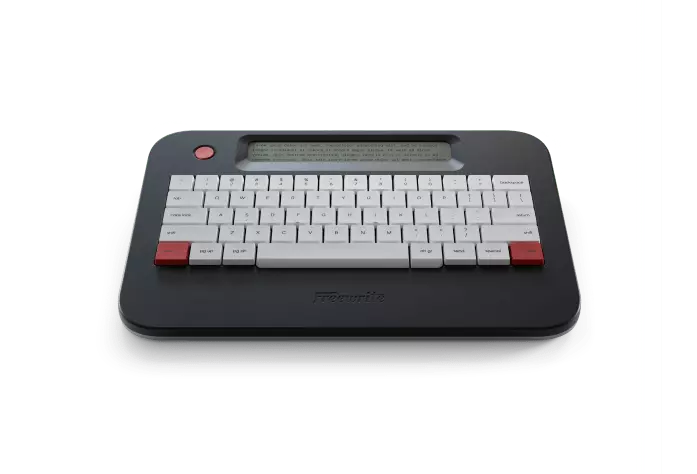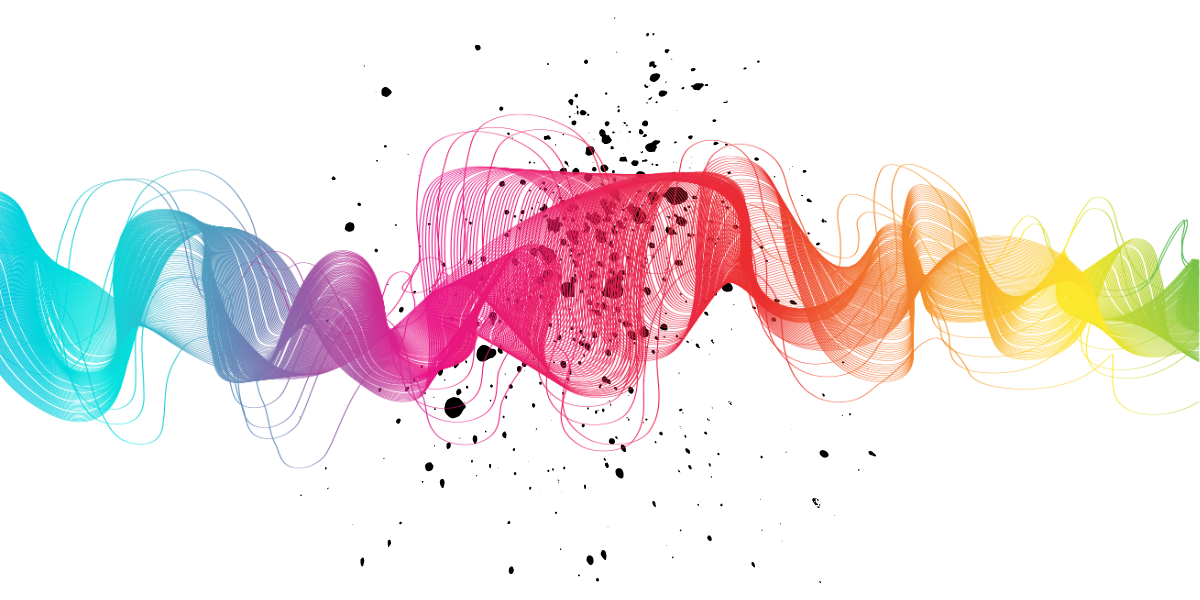Today’s guest post is by Jackie Dever, associate editor at Aionios Books, a small traditional-model publisher based in Southern California.
From the laminated poster on the wall of your third-grade classroom to the margin notes provided by fellow wordsmiths in your critique group, one slogan keeps cropping up throughout most of our writing lives: “Show, don’t tell.” The impulse to simplify writerly advice is legitimate. But as with most things in life, it’s best to think carefully before applying negative labels. “Show” and “tell” don’t have to clash on the page. Instead of rating one method over the other, it’s time to understand how and when each of these strategies can help you.
Showing
Stories aren’t limited to the visual, so literary showing goes beyond painting word pictures. Showing evokes the senses, and the lushest writing conjures allof them. If your reader can see it, hear it, smell it, taste it, or touch it, congratulations! You’re showing.
Your character doesn’t only watch the waves churning the shimmery green ocean to a froth—she feels the oozing of sand between her toes and the sting of saltwater in the razor nick on her ankle. She tastes the salty tang of the sea and hears the dull roar of the waves. She sees bruise-like patches of kelp out beyond the breakers.
You don’t have to put each scene through a checklist of sensory details. Choose the ones that feel most natural to your perspective characters’ perceptions. A young kid at a petting zoo, for example, would focus on the fluffiness of sheep and silkiness of goats’ ears. A man camping alone on the Appalachian Trail, on the other hand, would pay close attention to the after-dark sounds of the surrounding woods.
It’s easy to mistake adjectives like “beautiful” or “terrifying” for showing. But every reader imagines these concepts differently. Genuine showing removes the guesswork. It guides readers to one shared scene.
Really extreme showing zooms in with microscopic clarity. These enlargements are a lot of fun to read when done right. But careful—they can also mess with the pace of your narrative and make your important themes harder to pick out. When you give everything excessive significance, everything losesimportance.
Telling
Telling conveys information without textured details. It’s just the facts, ma’am. The reader fills in gaps with imagination. When you’re telling, your character puts her foot in the ocean, but she doesn’t feel, smell, or hear it.
Telling helps to keep a story’s pace or provide background knowledge. Telling in its purest form reads like a boiled-down summary. We tend to scoff at it, but like showing, telling is important in any story.
When to Show
You want your audience to engage with your created world, but in a deliberate way. Use your descriptive powers to control readers’ focus. Ideally, whatever they notice, wherever they pause to admire a passage, you’ve masterminded the pattern with your words.
Ask yourself “why?” with each description. Why do you need four sentences about the cheese sandwich on a restaurant table? Unless that sandwich has a critical function in the plot, no one cares much about the exact sponginess of its bread or the oily texture of its melted American cheese.
Communicate a Theme
Your selective showing gives readers clues while still letting them infer deeper significance for themselves. It’s the difference between stating that “the boy desperately wanted to win the race” and describing the physical sensations he experiences as the finish line nears.
Foreshadow the Importance of Something
Emphasis on items or locations nudges readers to look out for the future relevance these things will have to the plot. In a whodunit, you can’t tell them right off the bat that the baseball the twitchy first baseman keeps socking from one hand to the other is the murder weapon, but you can describe it down to the stich. Or maybe you choose to defer the location of the climactic storm scene in your harrowing adventure tale, but you can subtly prepare readers with rich-detailed beach or boating scenes.
Slow the Reader Down to Ratchet Up Tension
When you make your reader pause to notice every detail in a selected scene, you render her vulnerable to a sudden shift in tone. You give her a sense of anticipation about events to come, but you distract her with painstaking details—the feel of the porch rail on the abandoned house and the weight of the humid air—at crucial points. You’ve got her flinching at every description of touch, sound, and fluttering shadow. Then, when she’s in this heightened state, you bring the scene’s conclusion crashing down.
When to Tell
Not every scene merits a show. Telling, however small its share of a story, is still a great skill to master.
Provide Background
A summary of a character’s history or an explanation of terminology gives context to your words. In order to avoid long, dull passages, offer relevant details on an as-needed basis, directly before the related scene.
Move Prose Forward Quickly
Connective scenes are important for explaining shifts in location or time, but they’re usually best dispensed with quickly. Travel-itinerary scene? “Jason boarded a redeye flight to Taiwan” is all the reader needs to know. Save your sensory enticements for after wheels down.
Give Context
You might need to quickly prepare your readers to confront a certain mood or theme. So you’ll tell them that John was sad because his wife had left three days ago, that John’s marriage had been unhappy for years. Then you’ll show the stacks of pizza boxes, the smell of trash in the sink, and the all-night sound of infomercials that marked his decline.
Let the Reader Interpret an Abstract Concept
Broad adjectives are appealing in situations where you want readers to imagine a detail for themselves. Maybe you want your character to be generically handsome. You use abstract adjectives like “intense” “strong” and “rugged” to get the point across. Then readers graft their own vision of handsomeness onto your character (rather than make do with your version of the term).
Always Know the Details, Whether You Share Them or Not
You aren’t going to divulge everything to the reader, but you’ll still need to know all the details yourself. Readers are smart—they can tell when you got bored midway through the chapter and dumped all that info just to get through it.
Blending Show and Tell
Sophisticated writers understand “show” and “tell” as points in a continuum, each of which has value in certain scenes. Using one device doesn’t mean you shouldn’t use the other. Often they even work together in the same paragraph.
When you want to infuse more expository passages with some mild showing, work your nouns, verbs, and adjectives. Does your character drive a car or a cherry-red Camaro? Is the man on the bench merely old or is he liver-spotted? Does the villain walk or does he stride? A single word change can help to solidify your imagery.
Mature Writers Use Their Full Skill Set
As elementary-age authors, we use the tools we’re given, commandments handed down by our teachers to help us sharpen our composition skills. Since a nine-year-old is more likely to barrel toward a story’s finish than to get waylaid in thickets of flowery prose, “Thou shalt show, not tell” prevails. But while even the grown-up writer does need an occasional reminder to stop and smell the sensory details, the value of one writing strategy doesn’t negate the value of another. A judicious combination of showing and telling will help you to accomplish every writer’s goal—to keep your readers turning pages.
Wordslingers, what are your thoughts on showing and telling? Let us know in the comments!
 Jackie Dever is an editor and writer in Southern California. She has edited blogs, corporate materials, academic texts, novels, and biographies. She is an associate editor at Aionios Books, a small traditional-model publisher based in Southern California. She recently finished proofreading the 2017 San Diego Book Award–winning memoir A Few Minor Adjustments(September 2017) by Cherie Kephart. She blogs about writing and publishing, millennial lifestyle trends, and outdoor sports.
Jackie Dever is an editor and writer in Southern California. She has edited blogs, corporate materials, academic texts, novels, and biographies. She is an associate editor at Aionios Books, a small traditional-model publisher based in Southern California. She recently finished proofreading the 2017 San Diego Book Award–winning memoir A Few Minor Adjustments(September 2017) by Cherie Kephart. She blogs about writing and publishing, millennial lifestyle trends, and outdoor sports.




















